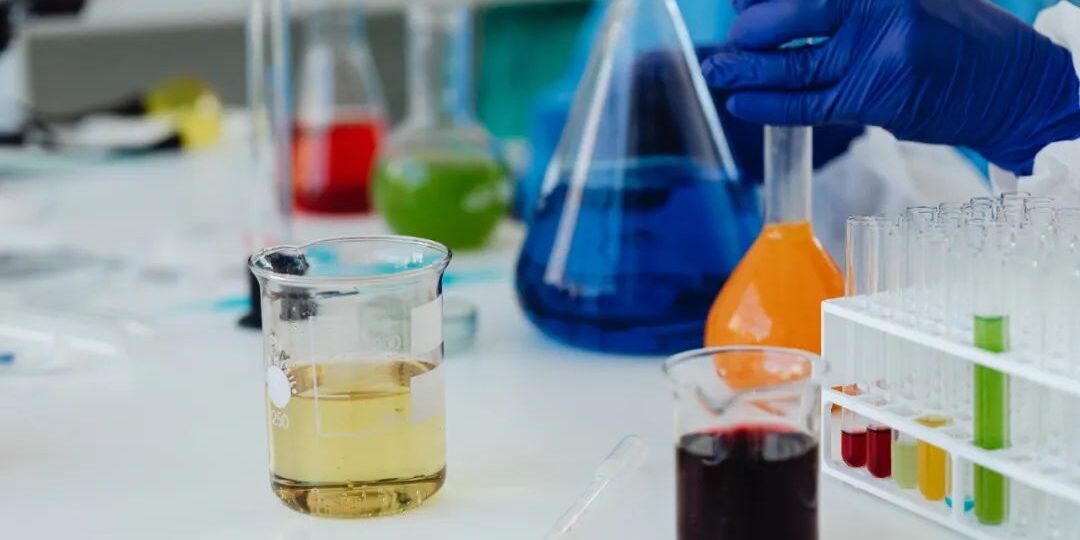What makes silicone-based defoamers suitable for both hot and cold systems?
Silicone-based defoamers stand out in the league of defoamers due to their versatility and performance over a broad range of operational temperatures. Several factors contribute to their suitability for both hot and cold systems:
The Universality of Silicone-Based Defoamers: Excelling in Hot and Cold
Chemical Stability: Silicone, a highly stable compound, is unaffected by varied temperature ranges. Its chemical stability ensures that under different thermal conditions, it retains its essential properties.
Thermal Stability: Silicone-based defoamers possess excellent thermal stability that allows them to function effectively under high temperatures without breaking down, and simultaneously remain fluid and active at lower temperatures.
Low Surface Tension: Silicone-based defoamers have notably low surface tension compared to many aqueous solutions. This enhances the spreadability of these defoamers over the foam surfaces, facilitating effective foam breakage, regardless of the system’s temperature.
Non-Reactive Nature: Silicone defoamers carry an inert behavior, hence they do not react with other substances present in systems at different temperatures. This quality makes them suitable for both hot and cold systems without causing any undesired chemical reactions.
In sum, with a combination of chemical stability, thermal stability, low surface tension, and non-reactive nature, silicone-based defoamers are a robust strategy against foam in both hot and cold systems.
However, kindly note that this is a summarized answer. A full-length article will drive deeper into these aspects, ensconcing a more detailed analysis and giving a more comprehensive understanding of why Silicone-based defoamers are suitable for both hot and cold systems.







